博文
2024年6月嘲风作品集(三)
||
▲ Vol 13 Issue 06 | 18 June, 2024
Chiral Luminophore Guided Self-Assembly of Achiral Block Copolymers for the Amplification of Circularly Polarized Luminescence
Sheng-Wei Shao, Puhup Puneet, Ming-Chia Li, Tomoyuki Ikai, Eiji Yashima, and Rong-Ming Ho
This work aims to examine the effect of self-assembly on the chiroptic responses of the achiral block copolymer (BCP) polystyrene-b-poly(ethylene oxide) (PS-b-PEO) associated with chiral luminophores, (R)- or (S)-1,1′-bi-2-naphthol ((R)- or (S)-BINOL), through hydrogen bonding. With the formation of a well-ordered helical phase (H*), significantly induced circular dichroism (ICD) signals for the PEO block in the mixture can be found. Most interestingly, a remarkable amplification with an extremely large dissymmetry factor of luminescence (glum) from 10–3 to 0.3 (i.e., induced circular polarized luminescence (iCPL) behavior) for the chiral BINOLs in the mixture can be achieved by the formation of the helical phase (H*) via mesochiral self-assembly. As a result, by taking advantage of BCP for mesochiral self-assembly, it is feasible to create a nanostructured monolith with substantial optical activities, offering promising applications in the design of chiroptic devices.
https://pubs.acs.org/doi/10.1021/acsmacrolett.4c00188
▲ Vol 63 Issue 26 | 21 June, 2024
Oxygen Vacancies Boosted Hydronium Intercalation: A Paradigm Shift in Aluminum-Based Batteries
Chengxiang Huang, Zhou Jiang, Fuxi Liu, Wenwen Li, Qing Liang, Zhenzhen Zhao, Dr. Xin Ge, Kexin Song, Prof. Lirong Zheng, Xinyan Zhou, Sifan Qiao, Prof. Wei Zhang, Prof. Weitao Zheng
A selective shift in energy storage mechanisms is demonstrated by Wei Zhang, Weitao Zheng et al. in their Communication (e202405592). By meticulously engineering the oxygen vacancies within the α-MoO3 structure, the selective insertion of H3O+ ions (blue droplets) in aqueous aluminum-ion batteries is enabled.
https://onlinelibrary.wiley.com/doi/10.1002/anie.202410026
▲ Vol 20 Issue 26 | 26 June, 2024
Emerging Trends in Electron Transport Layer Development for Stable and Efficient Perovskite Solar Cells
Lele Zang, Chunhu Zhao, Xiaobo Hu, Jiahua Tao, Shaoqiang Chen, Junhao Chu
Perovskite Solar Cells
In article number 2400807, Chunhu Zhao, Jiahua Tao, and co-workers introduce an economical and efficient guideline for electron transport materials (ETMs) in perovskite solar cells (PSCs). They comprehensively discuss significant advancements in ETMs across different systems and address key challenges such as grain structure control, defect passivation, energy level alignment, and interface engineering, all aimed at enhancing the efficiency and stability of PSCs.
https://onlinelibrary.wiley.com/doi/10.1002/smll.202470199
▲ Vol 43 Issue 06 | 27 June, 2024
基于亲水性污泥陶粒开展城市黑臭水体生态修复的应用示范
余婷, 曹梦西, 陈路锋, 潘钰, 陈博磊, 冯畅, 熊飞, 梁勇
重建水生植物尤其是沉水植物群落结构,被广泛认为是水体修复治理的有效途径. 目前城市河、湖、渠的黑臭水体治理主要采用截污、清淤等方式,生态功能恢复大多围绕生态浮岛开展浮水、挺水植物的种植,加之城市硬化沟渠等封闭的水系统由于硬化的底质无法种植沉水植物,造成了城市黑臭水体生态修复收效甚微. 本文以江汉大学清源河作为城市硬化沟渠黑臭水体的典型代表,利用亲水性污泥陶粒作“新型土壤”种植苦草(Vallisneria natans (Lour.) H. Hara),构建“水下森林”生态系统,实现城市黑臭水体的生态原位修复. 种植沉水植物后,沉水植物生物量从241.20 g显著增长至1566.13 g,清源河中水生微型生物的生物多样性显著提升,蓝藻(Cyanobacteria)相对丰度显著降低,总体水质从劣V类提升至近III类,且平稳运行两年未返黑臭. 该应用示范体系中,亲水性污泥陶粒一方面为苦草提供固着基质,实现了无底泥硬化沟渠中沉水植物的种植和生长,另一方面可为水生微型生物提供栖息地. 清源河示范治理工程应用亲水性污泥陶粒开展城市黑臭水体生态修复,不仅将城市生态系统中的污泥烧制成陶粒后回用到淡水生态系统的修复,同时实现污泥的无害化和资源化的循环利用,为城市黑臭水体的修复及生态重构和国家达成“碳中和”目标提供了新思路.
http://hjhx.rcees.ac.cn/article/doi/10.7524/j.issn.0254-6108.2024012901
<静远嘲风动漫传媒科技中心>设计制作
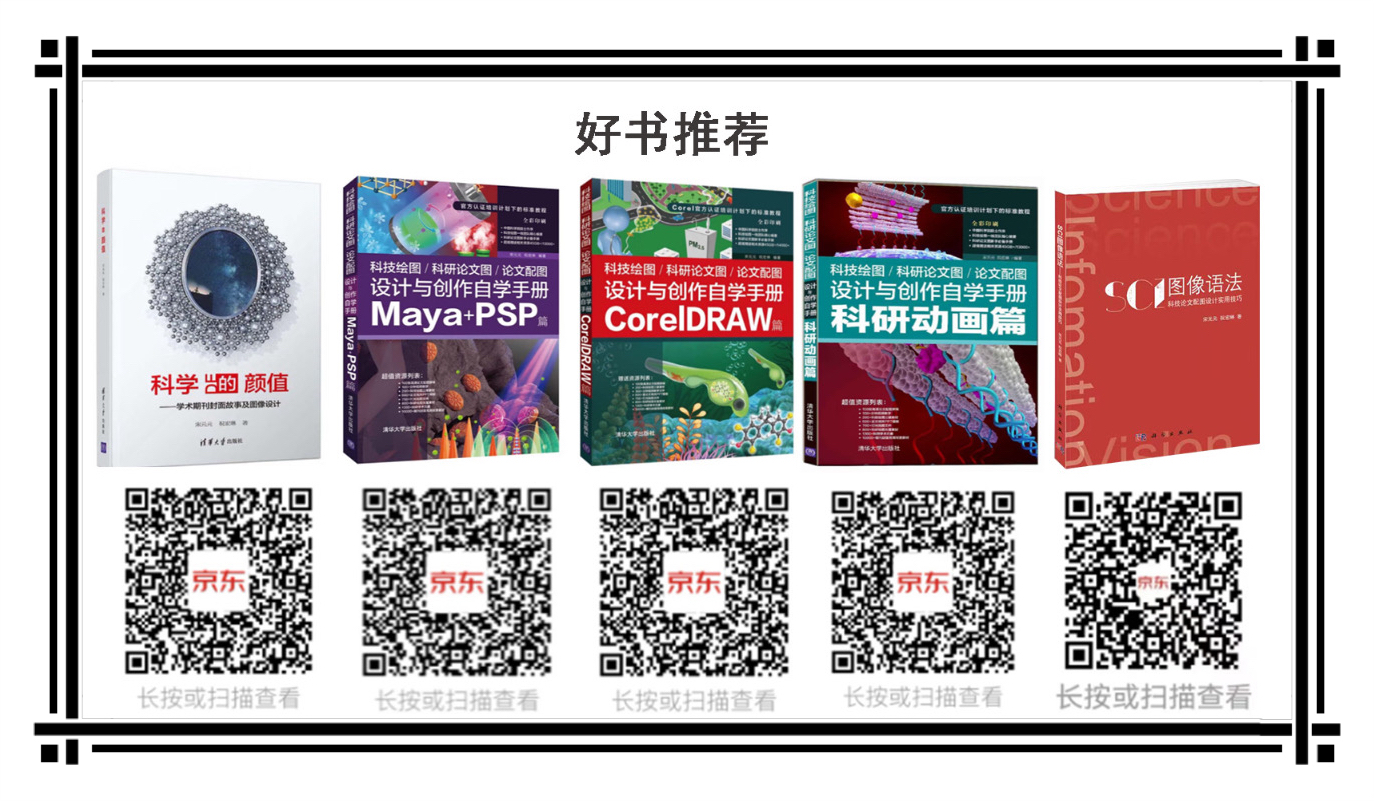
购书链接:
☆科学的颜值:学术期刊封面故事及图像设计
https://item.jd.com/12802188.html
☆科技绘图/科研论文图/论文配图设计与创作自学手册:CorelDRAW篇
https://item.jd.com/13504674.html
☆科技绘图/科研论文图/论文配图设计与创作自学手册:Maya+PSP篇
https://item.jd.com/13504686.html
☆科技绘图/科研论文图/论文配图设计与创作自学手册:科研动画篇
https://item.jd.com/13048467.html#crumb-wrap
☆SCI图像语法-科技论文配图设计使用技巧
https://item.jd.com/10073529532924.html?bbtf=1
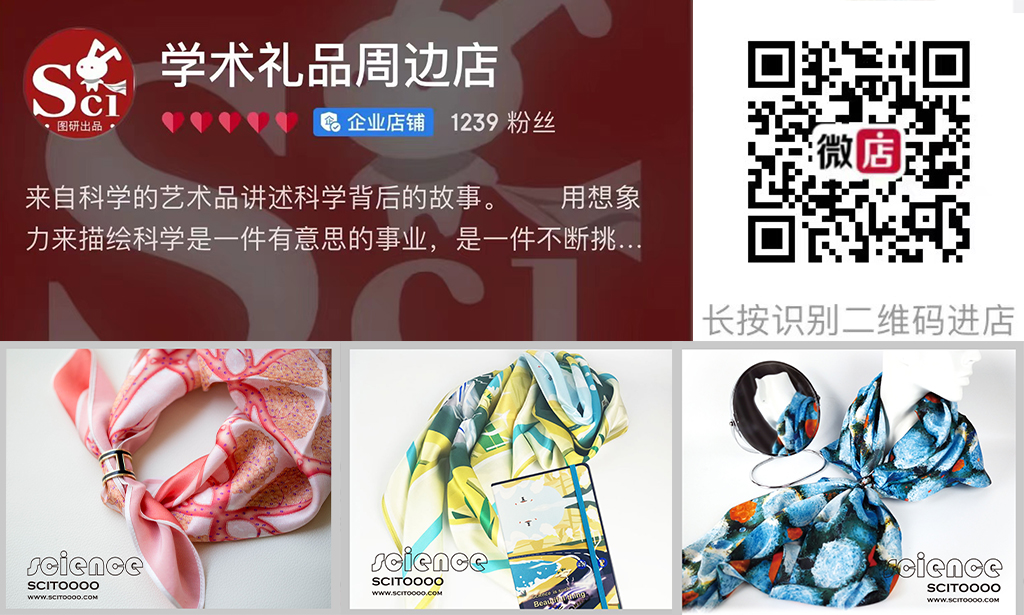
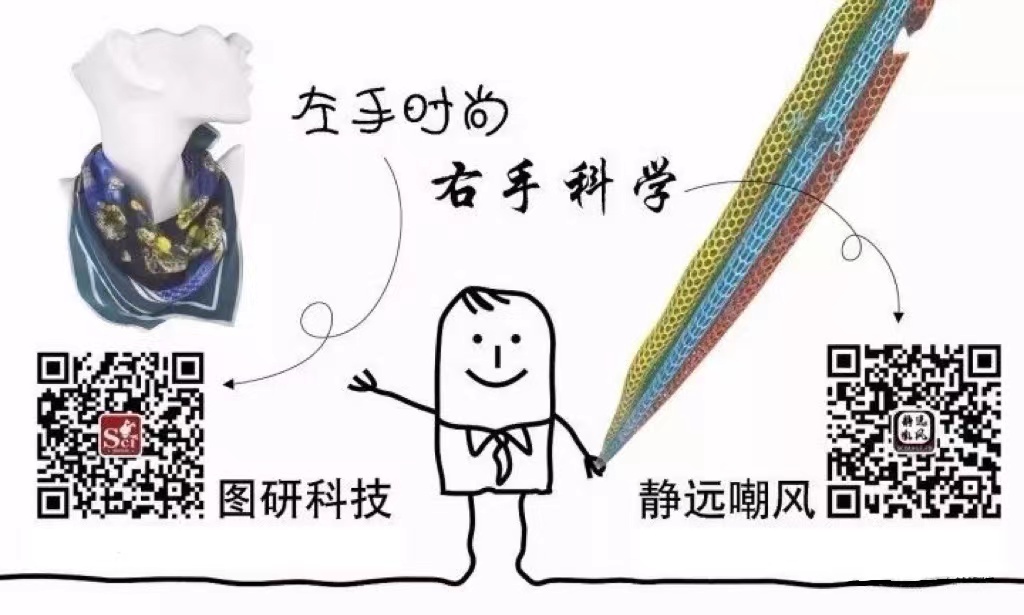
静远嘲风(MY Scimage) 成立于2007年,嘲风取自中国传统文化中龙生九子,子子不同的传说,嘲风为守护屋脊之瑞兽,喜登高望远;静远取自成语“宁静致远”,登高莫忘初心,远观而不可务远。
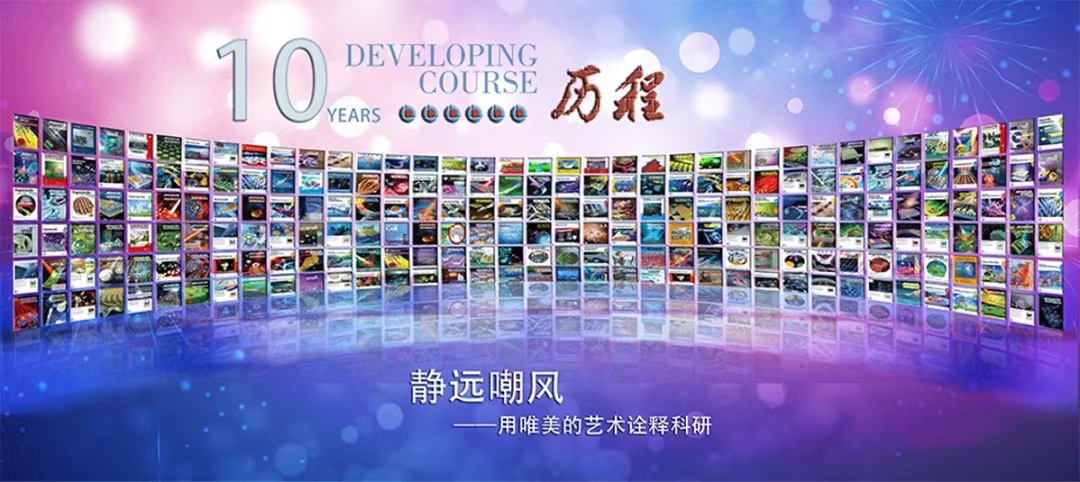
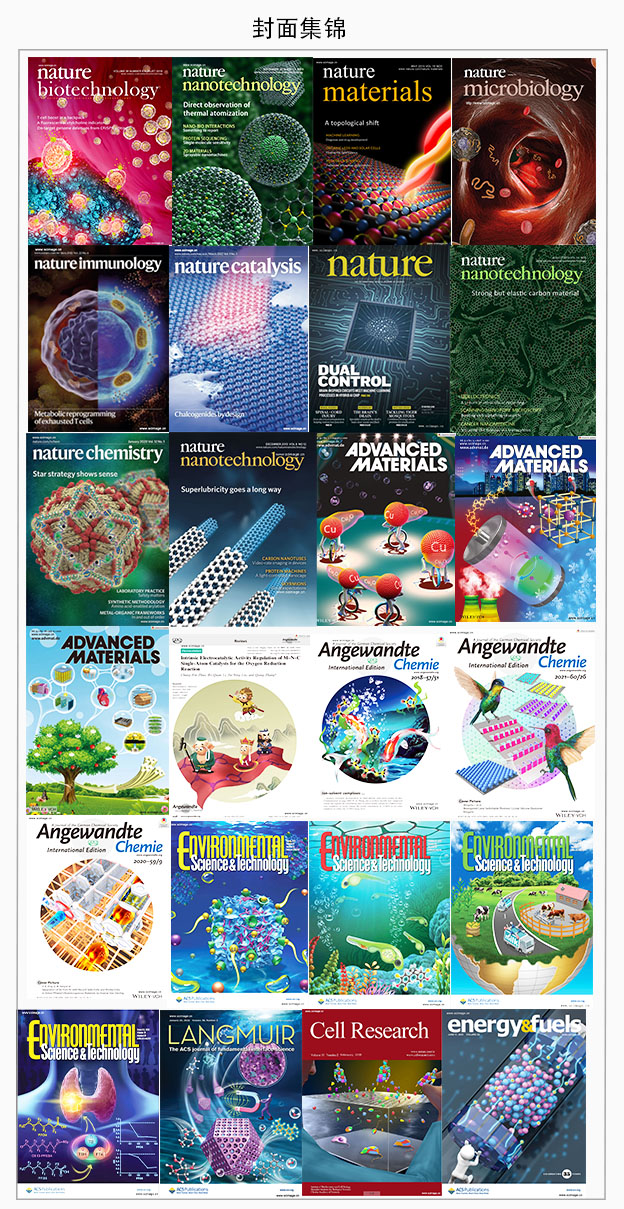
学习更多绘图教程关注:

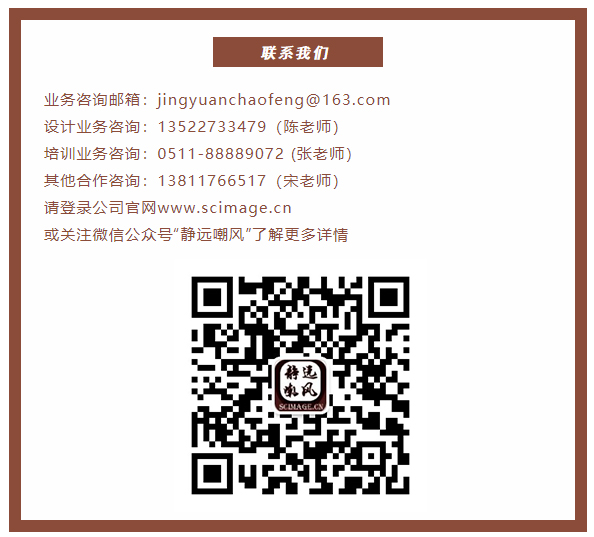
https://blog.sciencenet.cn/blog-519111-1447558.html
上一篇:2024年6月嘲风作品集(二)
下一篇:科研制图 | 如何用Maya绘制纳米花球状结构



